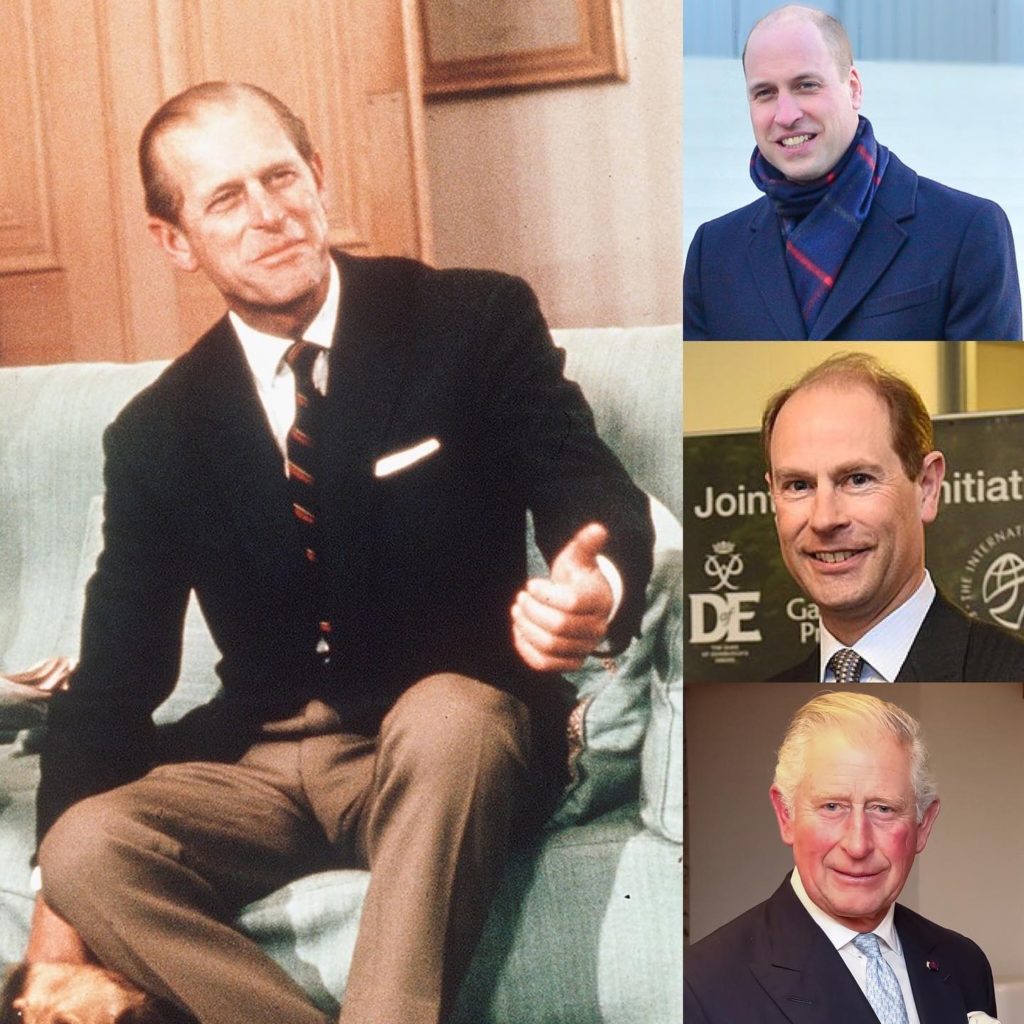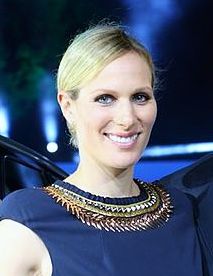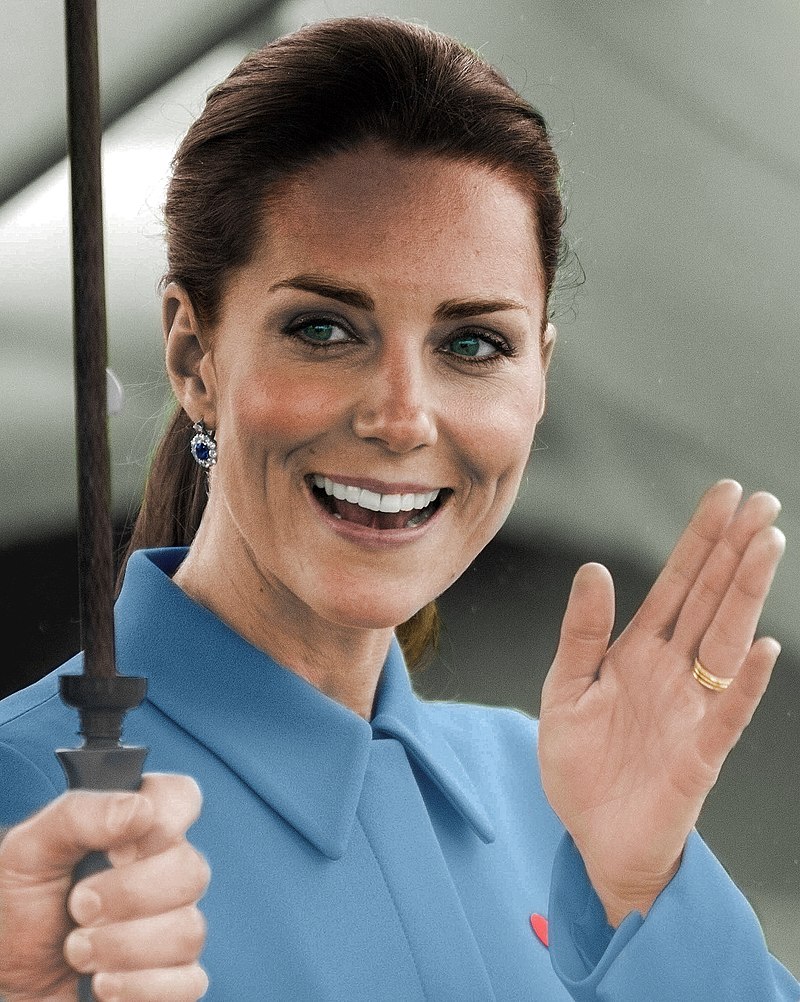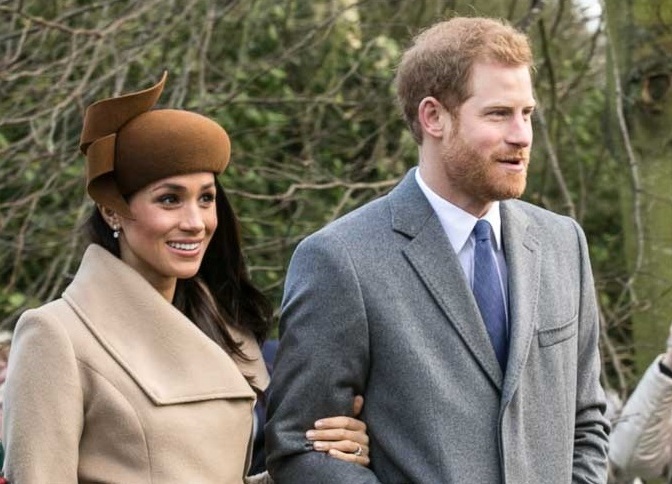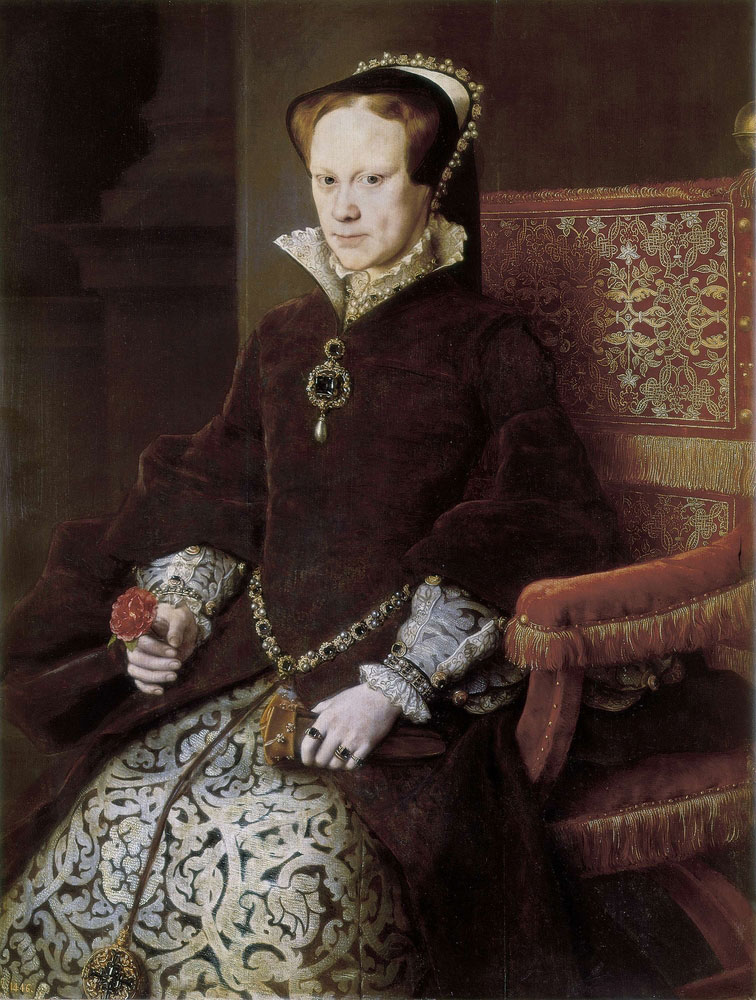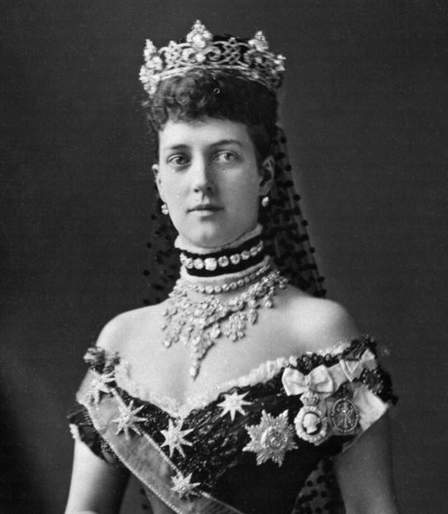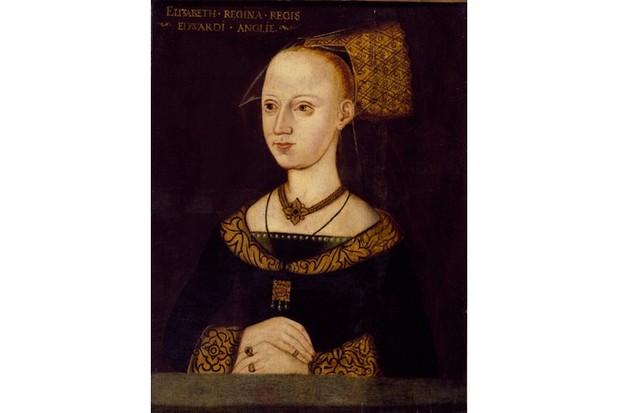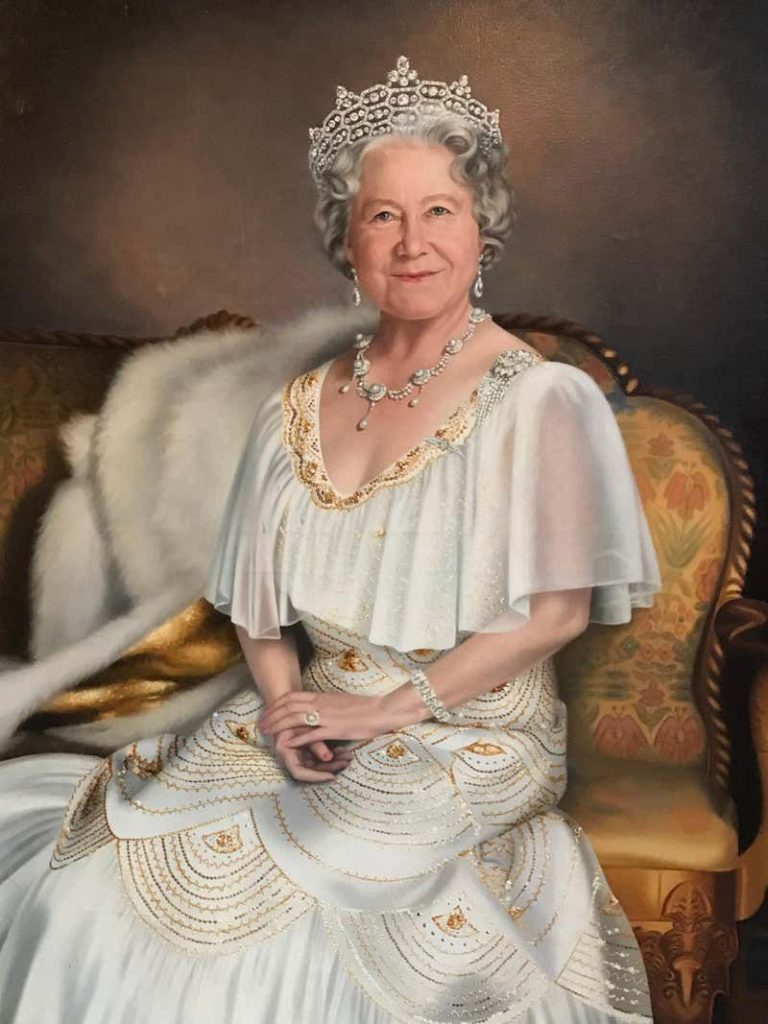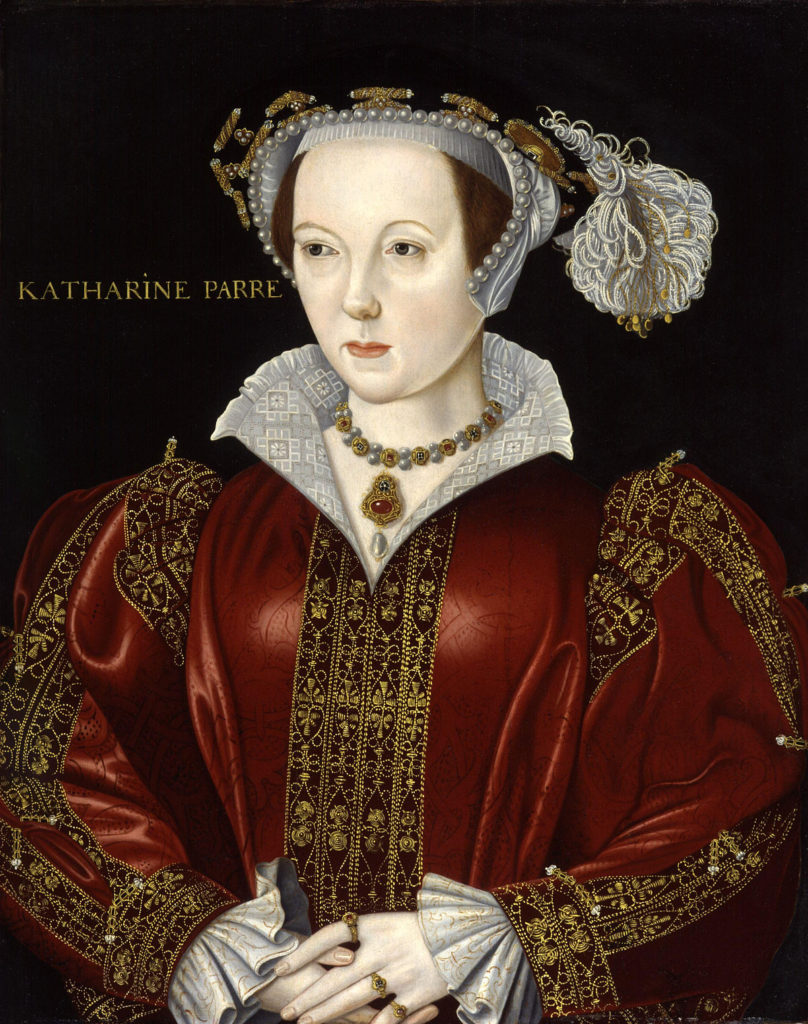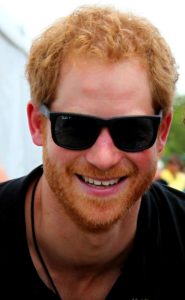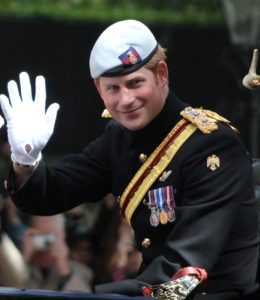
As regular readers know, as a historian I see myself as an amateur; but when it comes to questions of Royal titles – ah now that’s quite different. Here I consider myself an expert.
On this subject, people trust my knowledge. On this subject, I often get asked questions – questions I am only too happy to answer. Once question I’ve been asked a bit lately (okay only once. And I was the one that asked it. To myself. Even though I already knew the answer) is “when Prince Harry gets married, what title will his wife received and how will any eventual children of the marriage be styled?”
The answer, as ever, isn’t entirely straightforward. But as I like a challenge, I’ll wade in and answer it, making a few qualifications along the way.
If Prince Harry married NOW and there was no intervention from the Queen…
Than his lucky bride would be known as HRH Princess Henry of Wales.
“SAY WHAAAAT?!” I hear you cry. “That sounds weird at the best of times and who the heck is ‘Henry of Wales.’”
Okay, bear with, bear with. First of all we need to be clear on one thing. Despite the fact he is almost universally known as ‘Harry’ (I believe at his late mother’s request) William’s younger brother is technically called ‘Henry’ and on official documents is styled as such. Thanks to Letters Patent issued by his great-great-grandfather in 1917, as a son of a son of the sovereign he is entitled to the style of Royal Highness and the titular dignity of Prince before his christian name. By custom, he takes the territorial designation from his father’s title (in this case ‘Wales’) and uses it as sort of surname with an ‘of’ in front of it.
In the British system, a wife literally feminises her husband’s style. So the wife of Mr Joe Bloggs is technically Mrs Joe Bloggs rather than Mrs Jane Bloggs, even if the latter is now more common social practice. Hence why Harry’s wife would rather clunkily be ‘HRH Princess Henry of Wales.’
As for the children? Well, let’s just suppose that in the lifetime of the Queen, Harry and his wife have two children and for sake of argument we’ll call them Andrew (after his uncle) and Catherine (after his sister in law). They would be known respectively as Lord Andrew Mountbatten-Windsor and Lady Catherine Mountbatten-Windsor.
“Hold the phone!” I can sense you shout out loud as your coffee drops to the floor. “Mountbatten? What’s that about? And why on God’s earth aren’t these two fictitious young Royals a Prince and Princess.”
<Sigh.> I knew it would get to this. Okay, I’ll tell ya.
The Royal family are known as the ‘House and family of Windsor.’ There was some question mark over this when the Queen ascended (married women tend to take their husband’s name and Philip had adopted the surname of Mountbatten in 1947) but the then Prime Minister, Winston Churchill made it crystal clear. However a few years later, the Queen, no doubt wanting to recognise her husband, decreed that her and Philip’s male-line descendants who do NOT bear the style Royal Highness would carry the name ‘Mountbatten-Windsor.’
As far as their lack of Royal titles? The Letters Patent of 1917 (mentioned above) restricted the use of the Royal style so that male line great-grandchildren of a sovereign were no longer entitled to it (with the exception of the eldest son of the eldest son of the Prince of Wales. In fact the Queen had to intervene to ensure that Charlotte was born a Princess). Instead, it made provisions for them to have the same titles as the children of Dukes – the right to prefix their Christian name with the title ‘Lord’ or ‘Lady.’
HOWEVER, when Charles ascends the throne, everything changes. Now, these two offspring would be male-line grandchildren of a sovereign and would be bumped up to HRH with the titular dignity of Prince or Princess. And Harry’s title would change too – he would lose ‘Wales’ and gain the definite article, becoming HRH The Prince Henry, with his wife upgrading to HRH The Princess Henry.
But in reality, there would probably be some intervention from the Queen
When Harry marries he will probably be given a peerage most likely a Dukedom, but potentially an Earldom like Prince Edward. Even if this doesn’t happen on marriage, it is highly likely to take place once Charles ascends. If then he is created (let’s say) ‘Duke of Sussex’ (the title he is rumoured to desire) than it’s good news for his wife. She would then be styled Her Royal Highness The Duchess of Sussex.
It is also possible that a change will be made with the children. Given that they will one day be grandchildren of a sovereign and entitled to the Princely style, the Queen might decide to bring that day forward and give it to them straight away. She has that power.
But more worryingly, there is a third alternative. We hear much talk of Charles wanting to ‘shrink’ the Royal family. While this would be disastrous for Royal watchers like me, there is a chance that he may further restrict HRH to those in direct line of succession – freeing his other descendants from the burden or privilege (depending how you see it) of Royal titles. As such Harry’s children may never be technically considered Royal – although this is entirely speculation.
Well there you go. That was an adventure, wasn’t it? Stay tuned for more super-coolness just around the corner.
